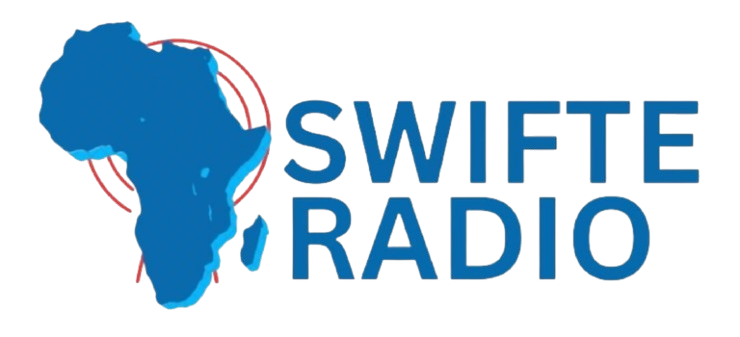Delta Air Lines has denied sole responsibility for injuries sustained in the February 17 crash of Delta Flight 4819 at Toronto Pearson International Airport, according to a U.S. court filing reviewed by CBC News. The flight, operated by Delta’s subsidiary Endeavor Air, flipped upside down upon landing, sending 21 of the 80 passengers to hospital. The incident has triggered at least 16 separate lawsuits filed in U.S. federal court by passengers seeking damages.
Among those suing are at least 16 Canadians who were aboard the flight from Minneapolis-Saint Paul International Airport. Their civil cases were filed in U.S. District Court in Minnesota. In legal documents, Delta and Endeavor’s attorney Michael G. McQuillen stated that the companies deny allegations that they alone caused the injuries, disputing the plaintiffs’ claims.
The filing, dated May 22, also notes the possibility of more lawsuits, potentially involving over 70 plaintiffs, and seeks to consolidate all related cases in federal court in Minnesota. Additional complaints have recently been filed, including one on behalf of a Canadian woman and a minor, alleging severe physical and mental injuries from the hard landing.
The lawsuits accuse Delta and its subsidiary of “gross negligence and recklessness,” claiming crew members were inadequately trained and supervised. The CRJ-900 aircraft involved was manufactured by Canadian company Bombardier. After the crash, which caused dark smoke to billow from the plane’s fuselage and left passengers hanging upside down on the snowy runway, Delta offered each passenger $30,000 US without conditions.
Investigators from Canada’s Transportation Safety Board reported a “high rate of descent” alert triggered less than three seconds before landing, with the plane’s pitch angle at touchdown lower than recommended. The TSB’s preliminary report stated it is too early to determine the cause of the crash, with a full report forthcoming.
Passengers like Clayton Bouffard, who described the descent as unusually fast, continue to suffer physical aftereffects, but expressed gratitude that all aboard survived the frightening incident.
Swifteradio.com

